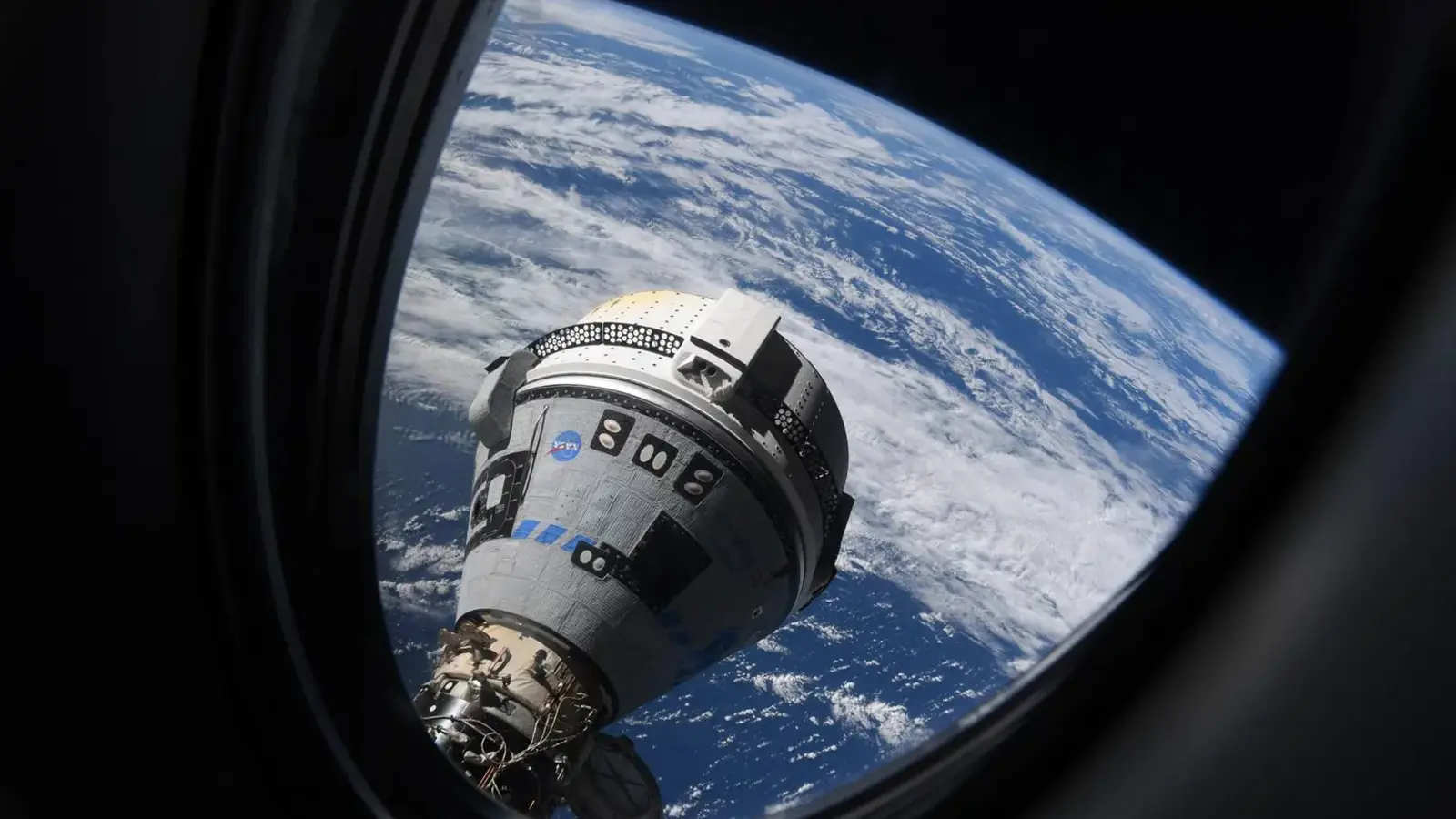4 Minutes
NASA has temporarily barred Boeing's Starliner spacecraft from carrying astronauts on its upcoming operational flight, downgrading the April 2026 mission to a cargo-only flight. The move follows years of software glitches, propulsion troubles and a risky crewed test that stretched confidence in Starliner’s readiness.
Why NASA paused Starliner’s crewed launch
In a high-stakes decision, NASA amended its contract with Boeing to prevent Starliner from transporting crew on the next mission, called Starliner-1, now planned for April 2026 as a cargo run. The agency cited a history of technical failures — from a nearly lost uncrewed flight in 2019 caused by software errors to propulsion anomalies during a 2022 test that nevertheless reached the International Space Station (ISS).
Steve Stich, NASA’s Commercial Crew Program manager, explained the rationale: the amendment "allows NASA and Boeing to focus on safely certifying the propulsion system, complete necessary testing, and align Starliner flight planning with ISS operational needs through 2030." In short, NASA wants more evidence that the spacecraft’s propulsion and related systems are reliable before committing human lives.
What went wrong on previous Starliner flights?
Starliner’s problems span software and hardware. The first uncrewed test in late 2019 suffered from software mistakes that nearly led to the vehicle being lost. A second uncrewed flight in May 2022 managed to reach the ISS but exposed faults in the propulsion system. The most alarming episode came during Starliner’s first crewed mission last summer: astronauts Butch Wilmore and Sonny Williams reached the station, but multiple propulsion-system faults left them stranded longer than planned. NASA ultimately judged it too risky to use Starliner to bring them home and instead relied on a SpaceX Dragon capsule to return the crew safely in September 2024.

Complicating diagnosis, the spacecraft’s service module — where many of the propulsion components are housed — separated and burned up in the atmosphere during a 2024 uncrewed return, eliminating a potential source of post-flight forensic inspection. Boeing has been largely private about internal propulsion changes, and independent verification of fixes remains a challenge.
Technical context: why propulsion matters
For crewed missions, the reliability of thrusters and related hardware is non-negotiable. Propulsion problems can affect rendezvous and docking with the ISS, attitude control, and safe re-entry trajectories. NASA’s insistence on exhaustive testing reflects standard risk-management for human spaceflight and the operational demands of keeping the ISS crew safe.
Implications for Boeing and the ISS timeline
The delay and demotion of Starliner-1 to cargo only represent a serious setback for Boeing. The project was announced about 15 years ago and was originally expected to be operational by 2017. To date, development setbacks have cost Boeing more than $2 billion. With NASA planning to retire the ISS around 2030, Boeing’s window to demonstrate Starliner as a dependable crew transport and recover its investment is narrowing quickly.
Meanwhile, SpaceX’s Crew Dragon continues to deliver reliable performance: since 2019, Dragon completed one test flight and ten crewed missions successfully, and it played a critical role in returning Wilmore and Williams after Starliner’s crewed test ran into trouble.
Will Boeing regain NASA’s trust and certify the Starliner for crewed missions before the ISS is retired? The answer depends on thorough propulsion-system testing, transparent reporting of fixes, and scheduling additional demonstration flights that prove the spacecraft meets the strict safety and operational criteria for human spaceflight.
For now, Starliner remains grounded for astronauts, and the aerospace community will be watching Boeing’s next steps closely as the company attempts to close technical gaps and secure a future role in transporting crews to low Earth orbit.


Leave a Comment